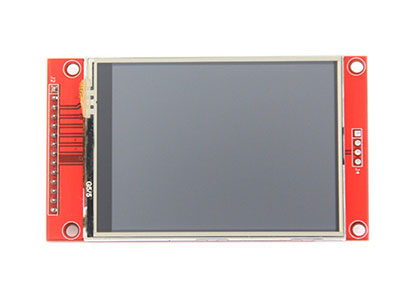What are the two types of LCD?
There are two main types of LCDs: active-matrix and passive-matrix . Both types use a layer of liquid crystals to control the amount of light that passes through them and create images. However, the way they do this is different, and each type has its advantages and disadvantages.
Active-Matrix LCDs
Active-matrix LCDs are the more modern and popular type of LCD. They are used in almost all modern LCD monitors, televisions, and mobile devices. Active-matrix LCDs use a thin-film transistor (TFT) to control each pixel individually.
In an active-matrix LCD, each pixel has its own transistor, which acts as a switch. The transistor allows the voltage to be applied to the liquid crystals at that pixel only when needed, allowing the pixel to turn on and off very quickly. This makes active-matrix LCDs much faster than passive-matrix LCDs, and they can display fast-moving images and video without blurring.
The main disadvantage of active-matrix LCDs is that they are more expensive to manufacture than passive-matrix LCDs. However, the price has come down over the years, and they are now the most popular type of LCD.
Passive-matrix LCDs are the older of the two types, and they are now mostly obsolete. They were widely used in the 1980s and 1990s for small displays, such as those found in digital watches and calculators. Passive-matrix LCDs are also used in some low-cost LCD monitors and televisions.
Passive-matrix LCDs use a grid of wires to control the liquid crystals. The wires are arranged in columns and rows, and each intersection is a pixel. When a voltage is applied to a particular row and column intersection, the liquid crystals at that point change their orientation and allow light to pass through. This creates a bright dot at that pixel.
The problem with passive-matrix LCDs is that they are slow to update the image on the screen. This is because the wires have to be addressed one at a time, and each pixel takes a bit of time to respond. This makes passive-matrix LCDs unsuitable for displaying fast-moving images or video.




